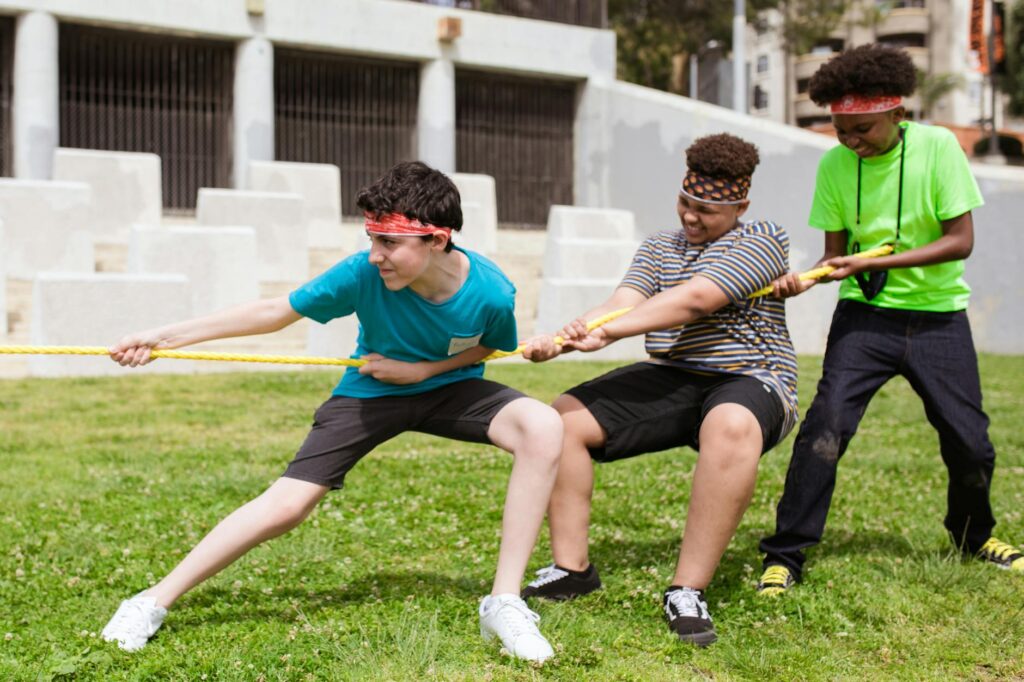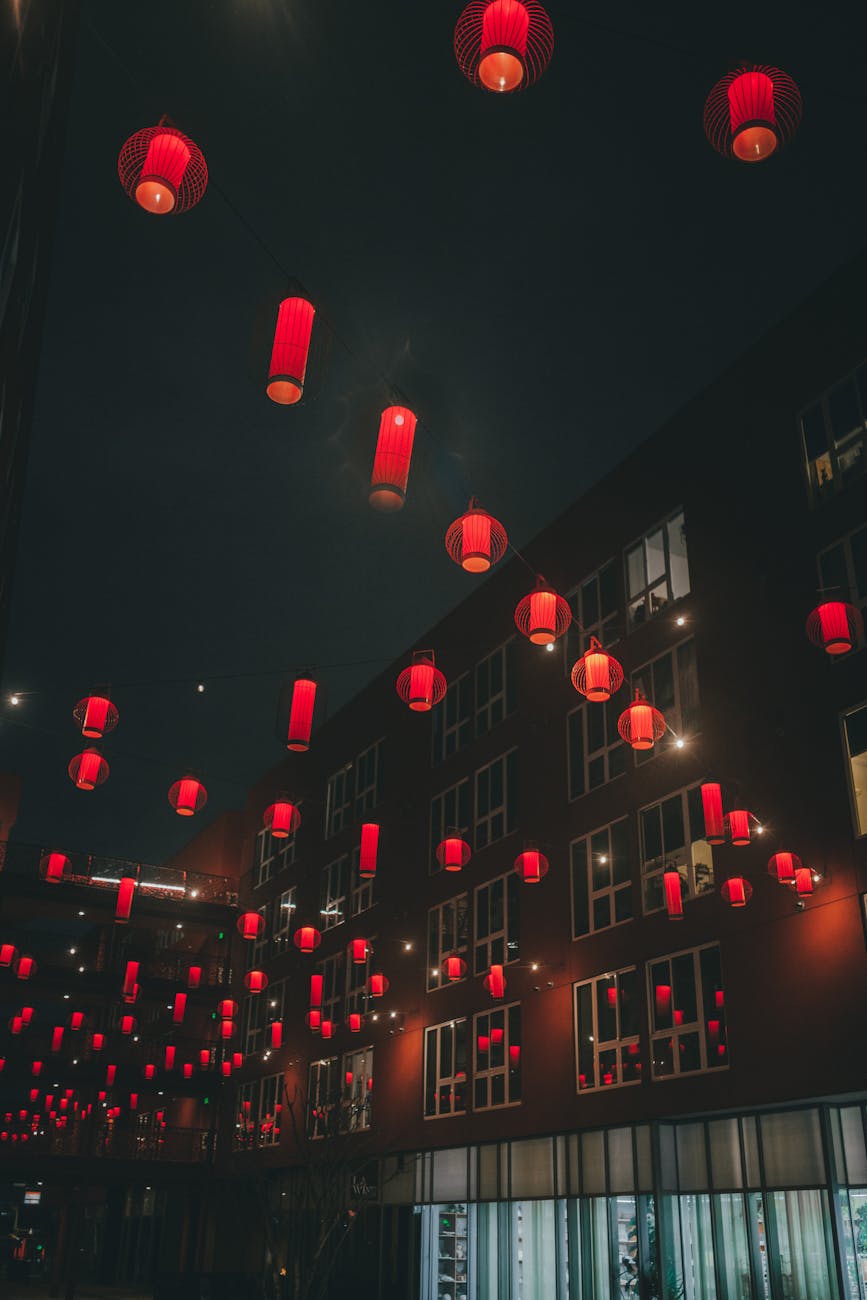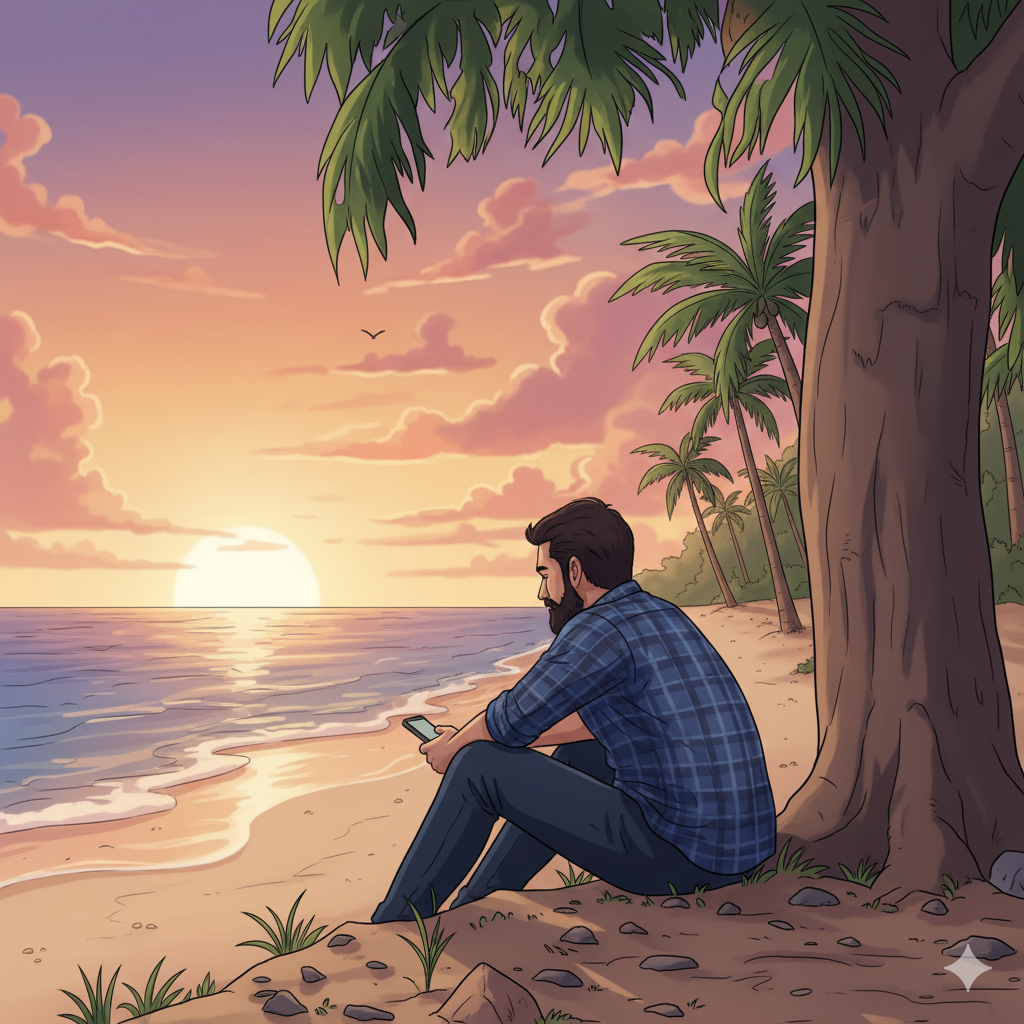The world hummed, not with electricity or machinery, but with music. Every individual, from the moment of their birth, possessed a unique, personal soundtrack that followed them like a loyal, if sometimes embarrassing, companion. Imagine a world where your deepest fears, your secret joys, your most mundane thoughts were orchestrated into a symphony, audible only to you. This was our reality. For some, it was a blessing, a constant source of inspiration and comfort. For others, a curse, an inescapable echo of their anxieties and insecurities. My own soundtrack was, shall we say, eclectic. A bizarre mix of upbeat ska, melancholic cello sonatas, and the occasional blast of 80s hair metal. It often reflected my mood, but sometimes it seemed to have a mind of its own, foreshadowing events or amplifying emotions I hadn’t yet consciously acknowledged.
I remember my first day of school, a cacophony of miniature orchestras colliding in the playground. Tiny tots waddled around, their soundtracks a chaotic mix of lullabies and nursery rhymes. Older children’s soundtracks were more complex, reflecting the burgeoning personalities within. The popular girl, Amelia, moved through the hallways trailed by a triumphant fanfare, complete with trumpets and timpani. The shy boy, Samuel, in the corner, was accompanied by a hesitant melody played on a solo violin, barely audible over the din.
My own ska-cello-metal fusion made me an oddity, a musical outlier. I quickly learned to control the volume, dialing it down to a near-inaudible hum in public, a trick most of us mastered in adolescence. There were exceptions, of course. Moments of intense emotion, like falling in love or experiencing profound grief, often resulted in involuntary sonic outbursts. These moments, though sometimes mortifying, were also strangely unifying. They reminded us that beneath the carefully curated facades, we were all walking, talking, breathing symphonies of human experience.
As I grew older, I became fascinated by the science of personal soundtracks. How were they generated? Were they purely biological, a product of our unique brain chemistry? Or was there something more, something intangible, at play? I devoured books on music theory, neuroscience, and even metaphysics, searching for answers that remained elusive. The closest I came was an old, leather-bound volume I found in a dusty antique shop. It spoke of a “Symphony of Souls,” a universal harmony composed of every individual soundtrack, interwoven into the fabric of existence. It was a beautiful idea, poetic even, but lacked any scientific basis.
My professional life took an unexpected turn when I stumbled upon a field called “Soundscaping.” Soundscapers were essentially musical therapists, helping individuals understand and manage their personal soundtracks. It wasn’t about changing the music, that was impossible, but about learning to listen to it, to decipher its messages, and to find harmony within the sometimes discordant melodies of our inner lives. I found the work deeply fulfilling, helping others navigate the complex sonic landscapes of their existence.
One of my most memorable clients was a young woman named Elara. Her soundtrack was a constant, oppressive drone, a low, guttural hum that permeated her every waking moment. It reflected her deep-seated anxiety, a fear of the unknown that paralyzed her life. Through our sessions, I helped her identify the triggers that intensified the drone and develop coping mechanisms to modulate its intensity. Slowly, tentatively, other instruments began to emerge in her soundtrack, delicate flutes, playful xylophones, adding layers of complexity and beauty to the underlying drone. It was a slow process, but seeing Elara blossom, her music transforming alongside her personal growth, was incredibly rewarding.
My own soundtrack, meanwhile, continued to evolve. The ska remained, a testament to my inherent optimism, but the cello sonatas deepened, reflecting a growing understanding of the world’s complexities. The 80s hair metal, surprisingly, began to make less frequent appearances. I even started to hear new instruments, a sitar here, a didgeridoo there, adding a touch of the exotic to my sonic tapestry. I still didn’t understand the science behind it, but I had come to appreciate the beauty and complexity of my personal symphony.
One evening, while walking home from work, I noticed a strange phenomenon. The city, normally a vibrant orchestra of individual soundtracks, had fallen silent. The usual cacophony of melodies and rhythms had been replaced by an eerie quiet. I stopped, my heart pounding in my chest, and listened intently. Then, I heard it. A faint, ethereal melody, emanating not from any individual, but from the city itself. It was a beautiful, haunting tune, unlike anything I had ever heard before. It was the Symphony of Souls, the universal harmony described in the old book, no longer a poetic abstraction, but a tangible reality. It was the sound of humanity, united in a single, breathtaking composition. As I stood there, bathed in the ethereal glow of the Symphony, I realized that our personal soundtracks, though unique, were not isolated melodies. They were threads in a larger tapestry, interwoven into the very fabric of existence. And in that moment, I felt a profound sense of connection, not just to the people around me, but to the universe itself.
The silence didn’t last long. Slowly, individual soundtracks began to re-emerge, weaving their way back into the universal harmony, creating a richer, more complex symphony than before. The world hummed once again, not with electricity or machinery, but with the music of our souls, a testament to the beauty and complexity of human existence. And as I continued my walk home, my own soundtrack swelling with a newfound sense of wonder, I knew that my journey of sonic exploration had just begun.

Years later, I sat on a park bench, watching children play, their soundtracks a vibrant mix of melodies and rhythms. My own soundtrack had mellowed with age, the ska now blended with gentle jazz and the occasional folk ballad. I smiled, thinking back to my younger self, the musical outlier struggling to understand his own sonic landscape. The world, I realized, hadn’t changed. I had. I had learned to listen, not just to my own music, but to the symphony of souls that surrounded me. And in that listening, I had found not just harmony, but a profound sense of belonging.






Leave a Reply